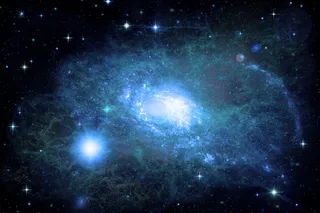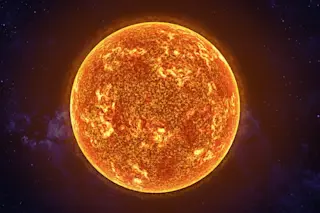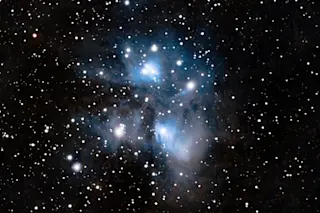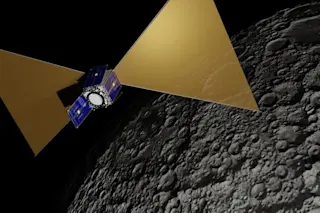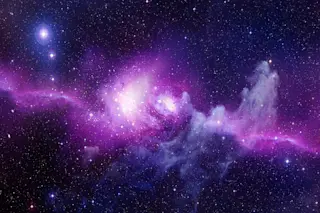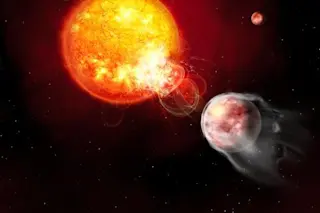A slice of the researchers' map showing about 1/20th of the sky. Each dot represents the position of a galaxy 6 billion years into the past. Color indicates distance from Earth, ranging from yellow on the near side of the slice to purple on the far side. There are 48,741 galaxies in this picture, only about 3 percent of the total surveyed. (Credit: Daniel Eisenstein and SDSS-III) In the quest for dark energy, astronomers have created an unprecedented 3-D map of galaxies in a volume of about 650 cubic billion light years. Hundreds of astronomers from the Sloan Digital Sky Survey III (SDSS-III) and the Max Planck Institutes for Extraterrestrial Physics (MPE) and for Astrophysics (MPA) contributed to this map. The astronomers found that the map agrees with the current cosmological model (the Lambda Cold Dark Matter model) and confirmed that dark energy is a cosmological constant.
Understanding how dark ...




